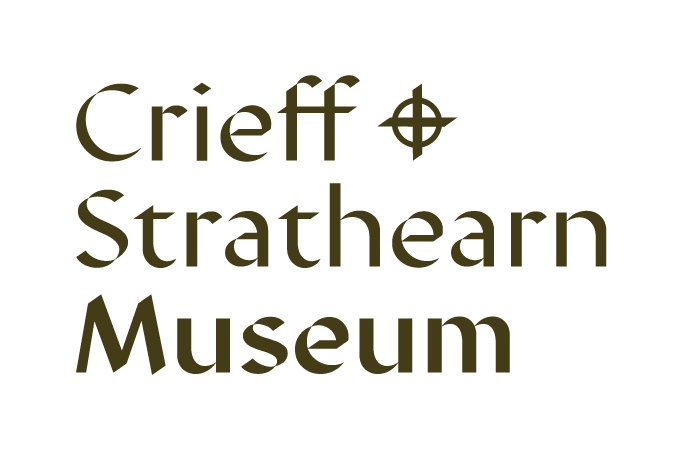October 2018
DigiFest 2018
15/10/18 17:30
Today I attended several seminars on 3D imaging, photogrammetry at the Engine Shed in Stirling. The introduction talk: Photogrammetry Masterclass Part 1 by Clara Molina Sanchez (event organiser) began the discussion from the point of view of photogrammetry for the heritage sector but it also covered the practicalities of how to prepare for making your own photogrammetry images. Although not an in-depth look at the minutiae of the processes involved it was a good starter guide which showed how easy it is for people to obtain good results for themselves, using the appropriate software and even the simplest of cameras. Clara showed examples of field-work she had been involved in at sites in Scotland and Spain and spoke of the project to record and display HES assets as 3D images using their account with Sketchfab.
https://www.claramolinasanchez.com
Clara's talk segued neatly into Photogrammetry Masterclass Part 2, an introduction to Sketchfab by the company's Cultural Heritage specialist Thomas Flynn. After a short break for lunch' (a very good ham, cheese and onion chutney sandwich and coffee) we returned to the auditorium for a further talk and demonstration by Thomas. Although this repeated much of what had been touched on previously it fleshed out the explanations with practical examples of the processes and explained how the stages of the operations worked.
Following on from Thomas's demonstration session we were given a talk by Sophia Mirashrafi, an HES intern from Portland Oregon, about HES examples with which she has been involved. She showed us the stages of various projects that HES have successfully undertaken, in particular a scan of a portion of Linlithgow Palace and Mousa broch in Shetland ( https://www.historicenvironment.scot/visit-a-place/places/mousa-broch/ ), where she demonstrated how they were working on integrating soundscapes with the VR experiences they are creating, making sound positioning lock to the visual orientations, so you can rotate through 180 degrees and the storm petrel noise stays put and moderates according to where you are relative the structure. This is an aspect of creating VR environments which will greatly enhance the experience.
Finally Thomas returned to the lectern for the last event of the day, which was a focus on how Sketchfab is providing a platform for museums around the world to show their collections of artefacts. Sketchfab is now the biggest visual museum in the world, with more than 60,000 museum objects available to see at the time of writing this. When you consider that the British Museum is only able to display 1% of its collection at any given moment and typically, most museums only show 5% of their collections, you can get an idea of how important an on-line museum can be; not instead of a museum but to enhance a museum.
Thomas acknowledged that, worldwide, there are many people who would not be able to enjoy this facility; manipulating on-line images, using iPhones and buying VR goggles is still only available to wealthy nations with adequate internet access but it is clearly the start of something important which will help museums to evolve and improve. Thomas also gave the example of how two museums, one in the USA and another in Jordan, had posted fragments of the same ancient statue and, because they were both submitted in a common 3D format, someone was able to download both files and create a new file showing the two parts reunited.
Perth & Kinross Council meeting
10/10/18 11:16
Today a meeting was held in Perth for representatives of various Council departments and members of the Crieff Museum board of trustees, represented by Chairman - Bobby Salmond, Secretary - Ann McIntosh and Andrew Rodger.
Crieff Food Company stand
05/10/18 18:38
This morning, Ann McIntosh and Bobby Salmond had a stall set up in the cafe at the Crieff Food Company where they spoke to quite a few people about the Crieff Museum plans and eighteen more people signed up to be Supporters.
